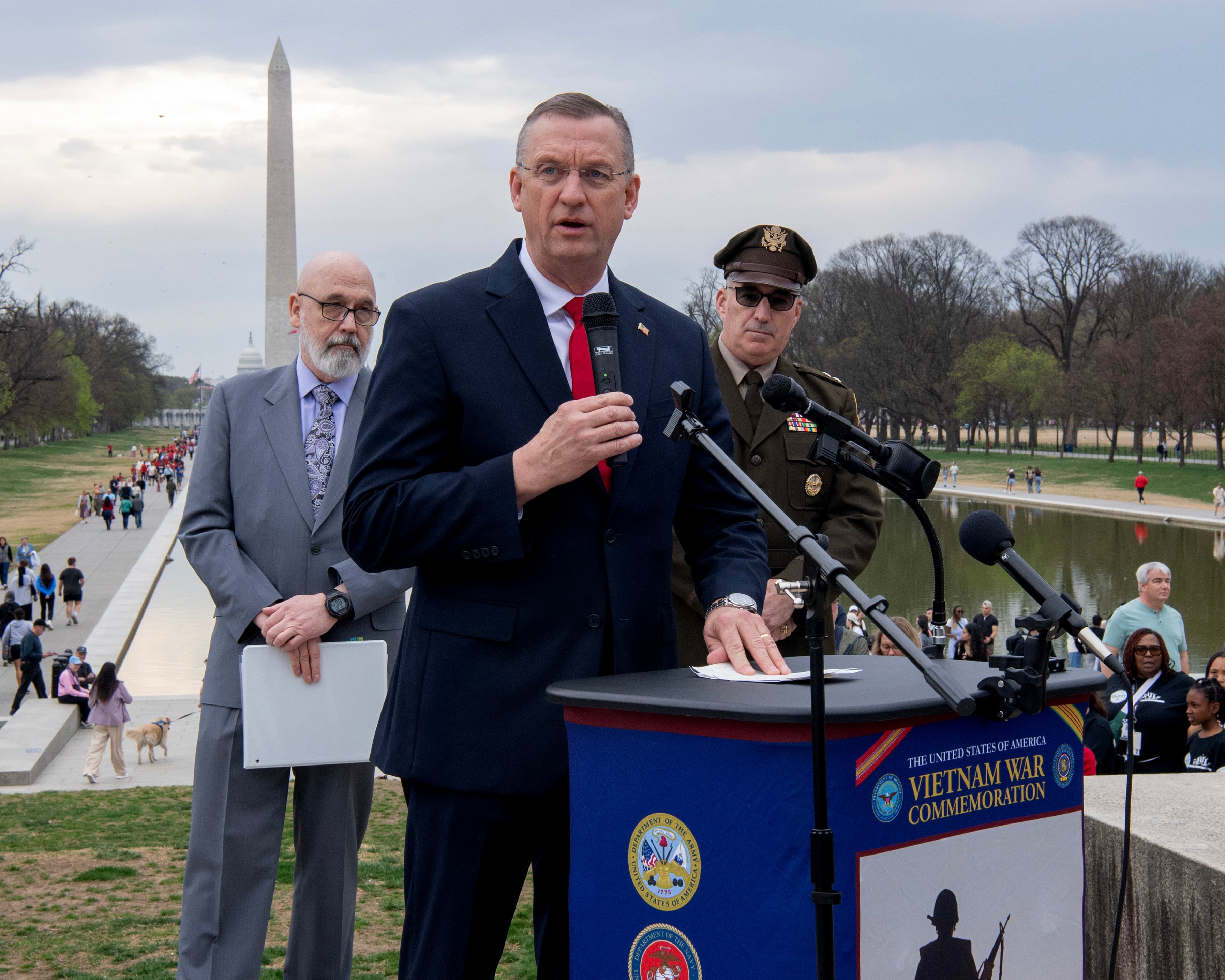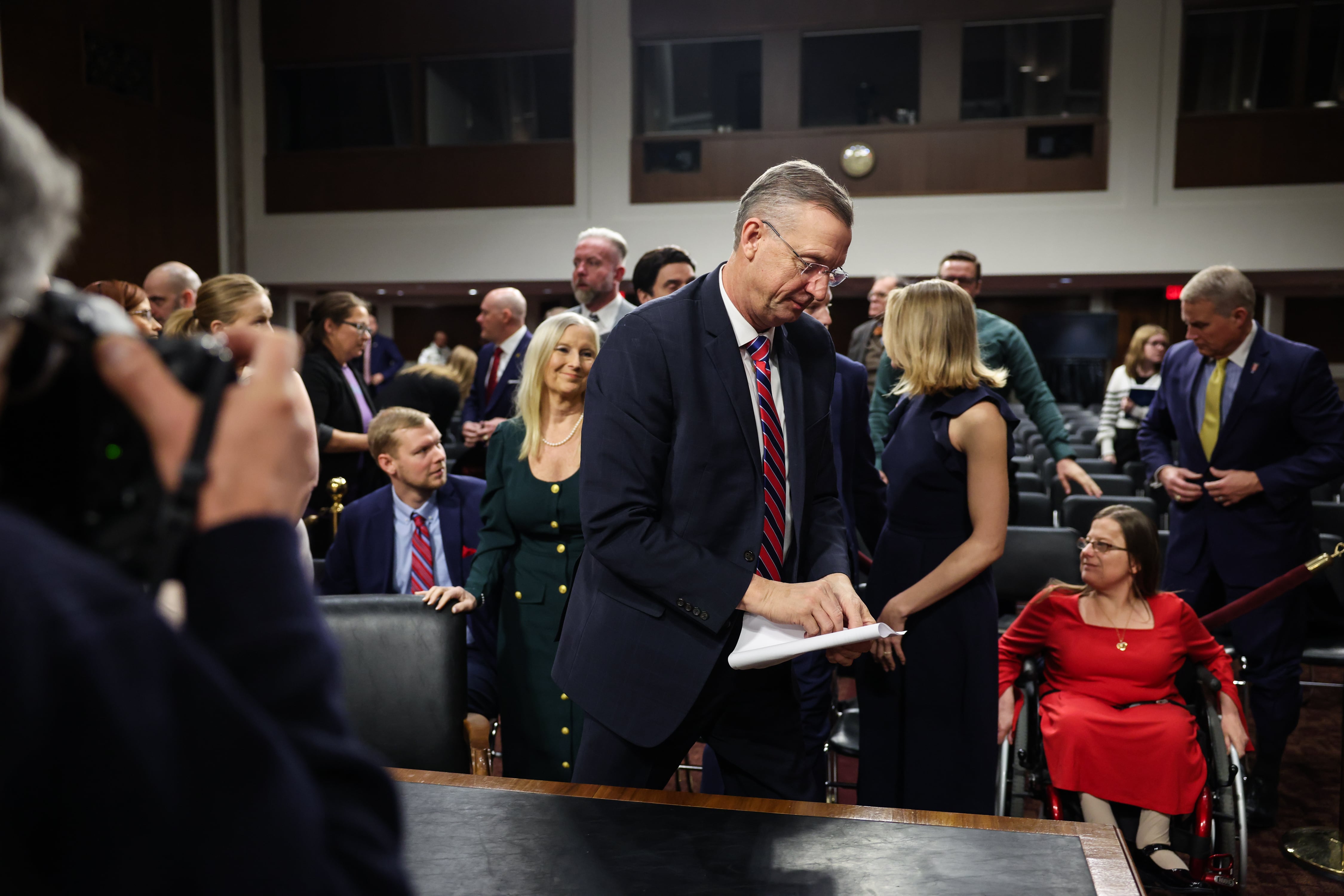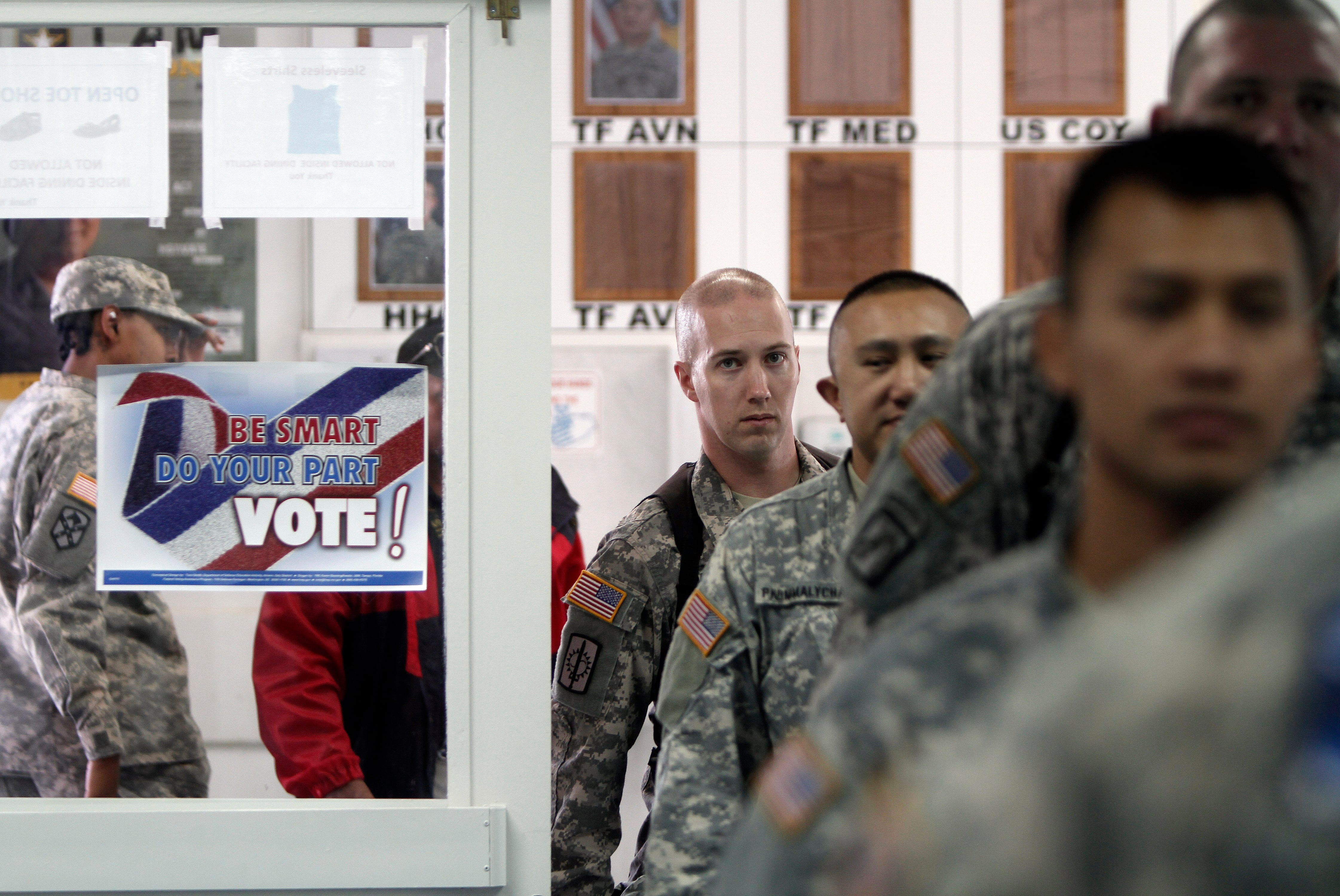The Marine Corps received its first F-35C-Lightning II on Jan. 13, adding the carrier variant to its growing Joint Strike Fighter fleet, according to a Defense Department news release.
The aircraft, which has larger wings than the jump-jet variant, as well as sturdier landing gear and a tail hook for carrier landings, was delivered to Eglin Air Force Base, Florida. Eglin is home to Strike Fighter Squadron 101, a training unit that teaches Marines and Navy aviators how to fly the next-generation aircraft.
The F-35C will give Marine aviators more of a presence on carrier flight decks. There are three Marine fighter attack squadrons in carrier air wings, but the Corps plans on four F-35C squadrons.
The first, Marine Fighter Attack Squadron 115, stands up in 2019 at Marine Corps Air Station, Beaufort, South Carolina, and the Corps will transition squadrons to the new aircraft roughly once every other year. The fourth and final will begin operations in 2024 out of Marine Corps Air Station Miramar, California, planning documents show.
The carrier variant replaces Navy and Marine Corps legacy F/A-18 Hornets.
The Navy received its first F-35C in June, 2013, and the plane had its first launches and traps in November off the coast of Southern California on the carrier Nimitz.
Sailors who worked with the new plane on the carrier said that it has a smoother ride, is easier to taxi, and has less complicated landing procedures compared to other platforms in the carrier air wing. It can do many of the processes of flying with minimal input from the pilot.
"It's truly an administrative task," Cmdr. Tony Wilson, the lead test pilot for the F-35C, said in a November interview. He said it handles well and cuts the pilot's workload.




